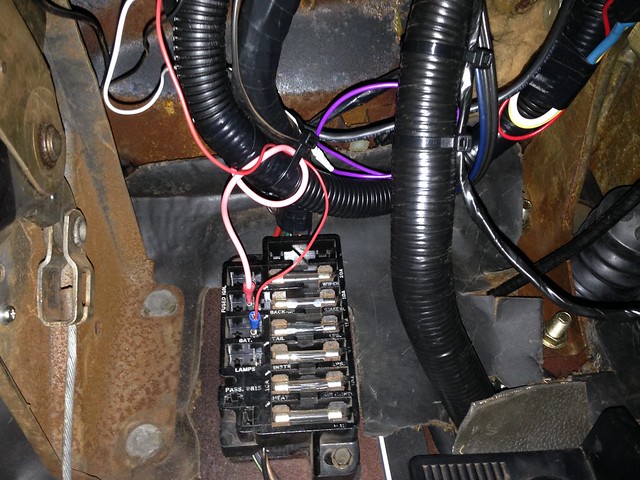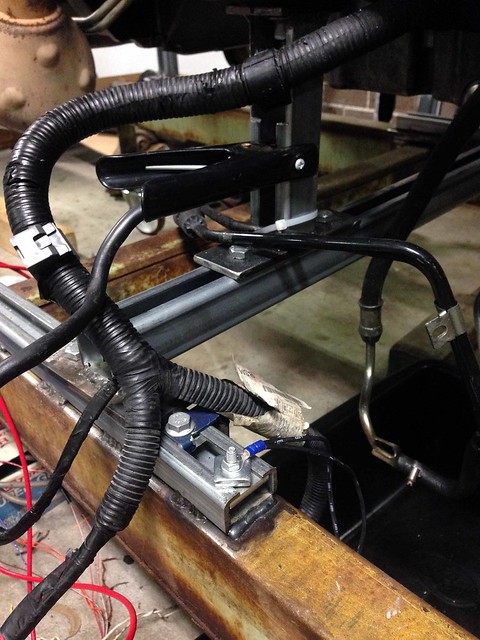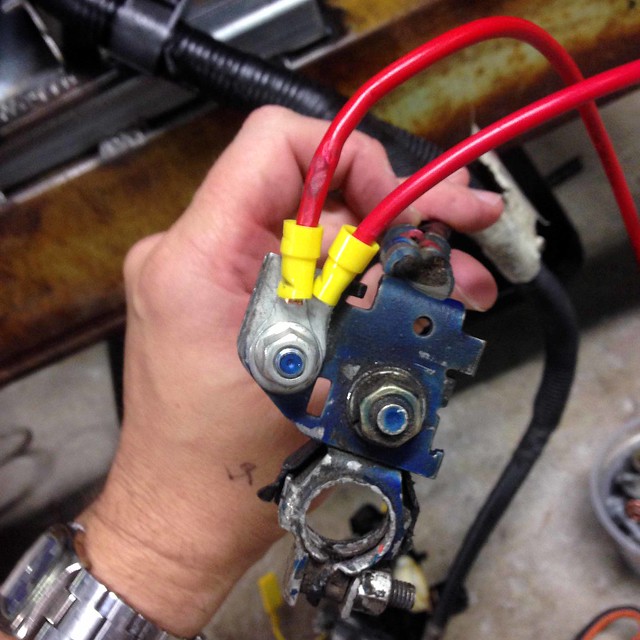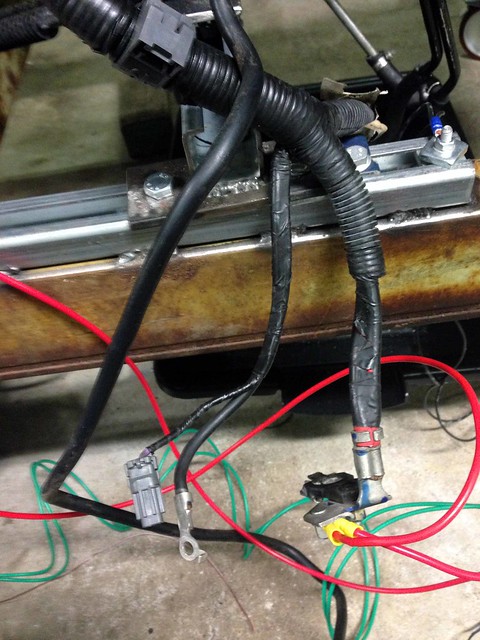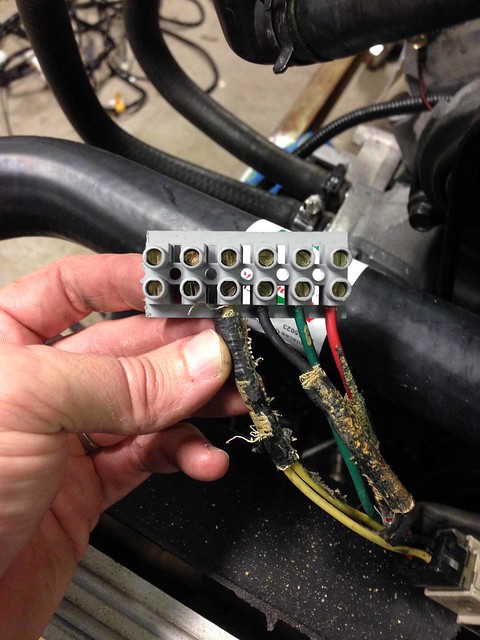JtC is back! And I had the day off as annual leave, so it was a perfect day to Chev.
With the Chev on stands, it would make an awful noise if dropped into drive. JtC suggested it was tailshaft brushing the exhaust with the rear axle and gosh darn wasn't he 100% right... phew! I had images running through my head of some exy repair.
Next, idle mixture adjustment...

Both idle mixture needles were 1.5 turns out of the seated position, so Joe set them both to 2 turn out to give a slightly higher idle speed.
Then it was electrical time. First project, LHF indicator.
The test lamp showed no power at the bulb, so we traced the prob back to (most likely) the indicator switch... and that meant steering wheel removal.
Banging and pulling with hands didn't do anything so we had fabricate our own Driver-patented* steering wheel puller...


A few twists of the socket and voila! Steering wheel off.
Digging into the bowels of the steering column soon revealed the indicator switch where we discovered a weird arrangement where a plastic spigot would push a strip of metal onto another to make contact... ok, so not so weird. The weird part was the strip would make contact and complete the rear indicator circuit first, then continue its travel and make further contact to complete the front indicator circuit. Weird.
It was at this point we found the strip could not quite travel enough to make the second contact (i.e. active the front indicator circuit) on the LH side.

A quick adjustment with needle nose pliers...

...and double voila! We had the LHF indicator!
We noticed the outer component of the indicator switch had a crack through it, so time to source a new one and replace it before we return the steering wheel to its rightful home.
*may or may not be patented.

